Ninth International Workshop on
Ninth International Workshop on
Computer Algebra Systems and Their
Applications, CASA'2011
Computer Algebra Systems and Their
Applications, CASA'2011
Computer Algebra Systems and Their
Applications, CASA'2011
The University of Cantabria, Santander, SPAIN, June 20-23 2011
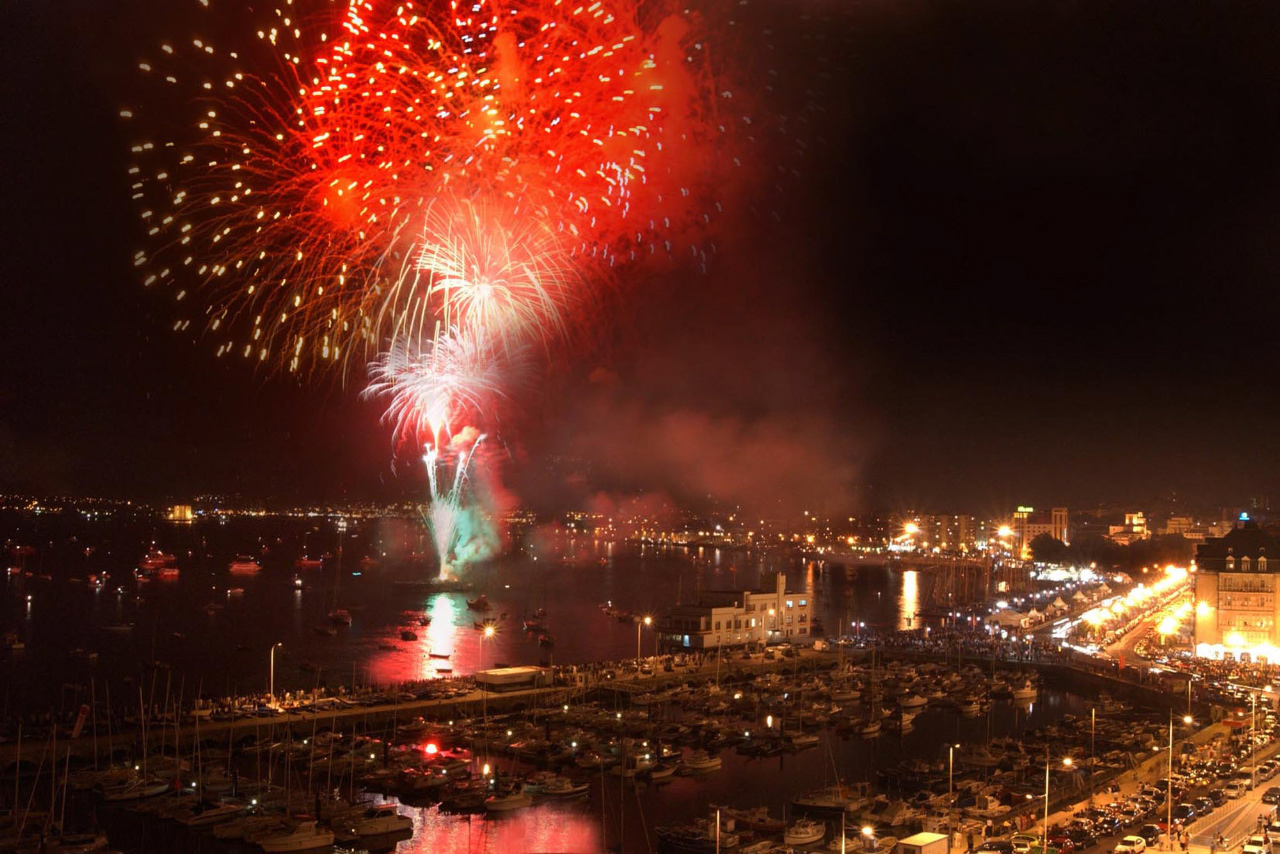 |
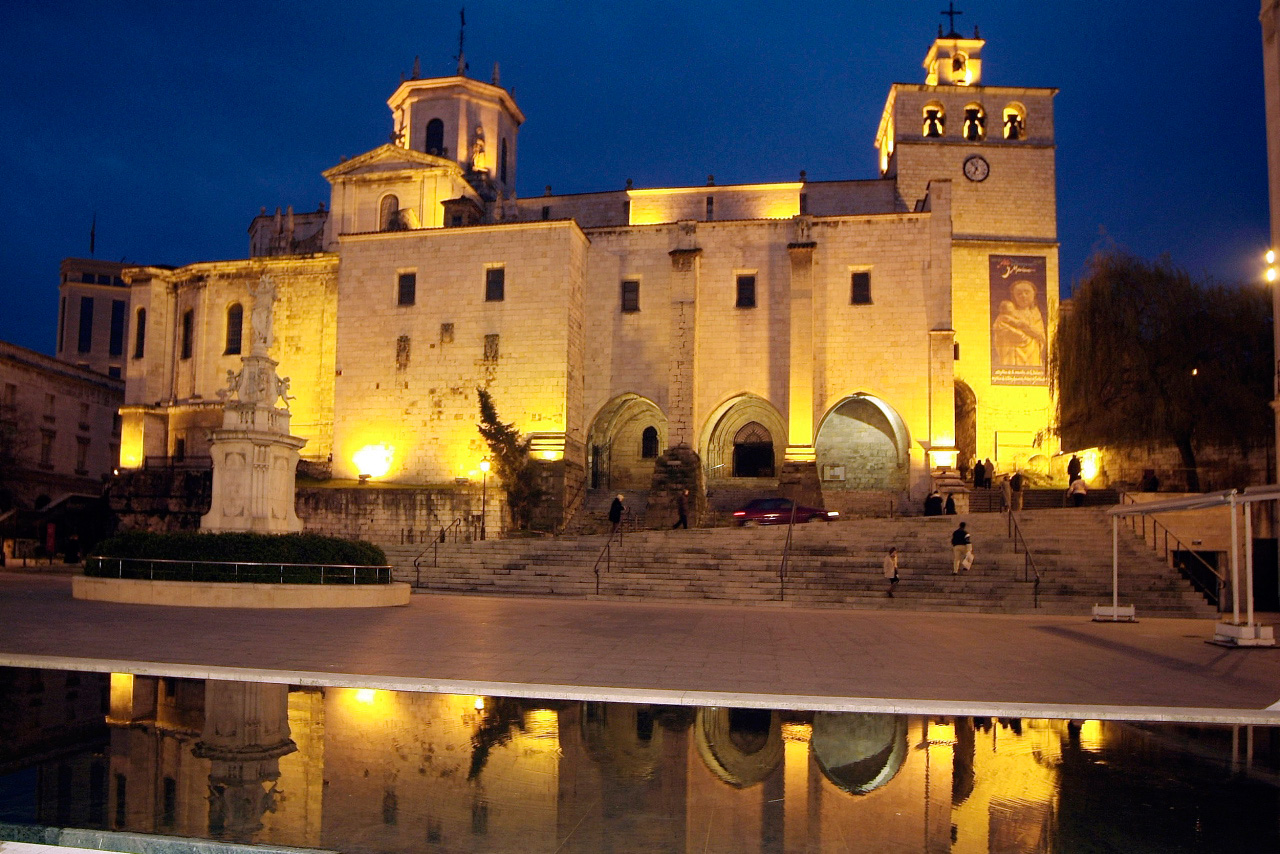 |
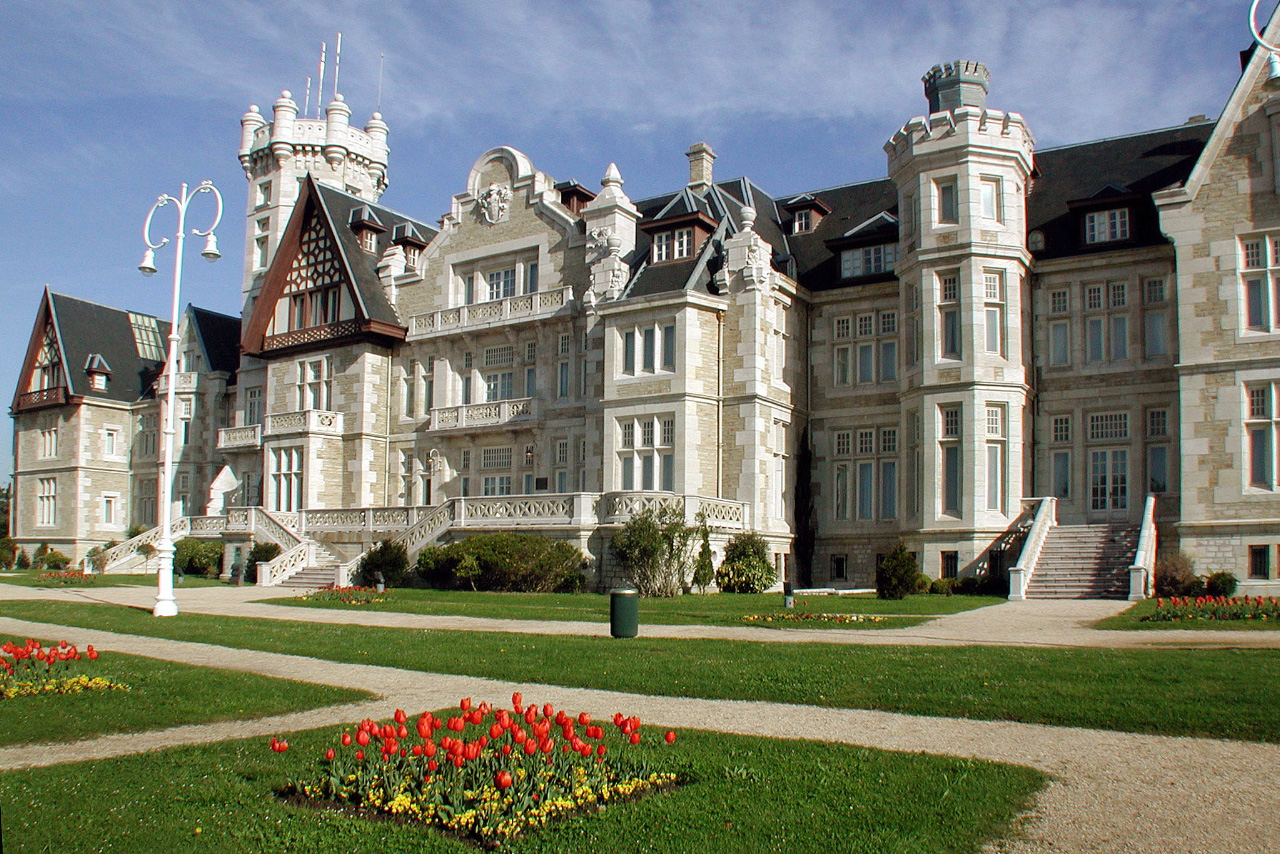 |
Three images of the city of Santander: (left) Summer fireworks at "El Sardinero" beach; (middle) the Cathedral; (right) The Royal Palace "La Magdalena".
Location
The workshop will be held at the University of Cantabria, Santander
(Spain).
Please, click on the University logo below for an introductory video (in Flash format) about the University,
the city and the region.
The place University of
Cantabria
The University
of Cantabria (in Spanish Universidad
de Cantabria, UC) is a
public university located
in Santander and Torrelavega in Cantabria, Spain. It was founded in
1972 and is organized in 12 faculties and schools.
It was selected as Campus of International Excellence by the Government of Spain in 2009. The UC is part, as a founding member, of the Group 9 of Spanish Universities (G9), created in 1997 with the aim of promoting collaboration between academic institutions.
It was selected as Campus of International Excellence by the Government of Spain in 2009. The UC is part, as a founding member, of the Group 9 of Spanish Universities (G9), created in 1997 with the aim of promoting collaboration between academic institutions.
The city: Santander
Santander, the capital city of
Cantabria, is located on the northern coast of Spain, between Asturias
and the Basque Country overlooking the Cantabrian Sea. It is a coastal
city that grew in 19th century thanks to a flourishing commercial
activity and also throughout the 20th century thanks to tourist
activity promoted by the Spanish Royal Family. It currently offers a
friendly atmosphere within a very beautiful natural setting with large
beaches and attractive promenades. All these features make Santander a
comfortable city to live in, with a wide range of cultural and sport
attractions.
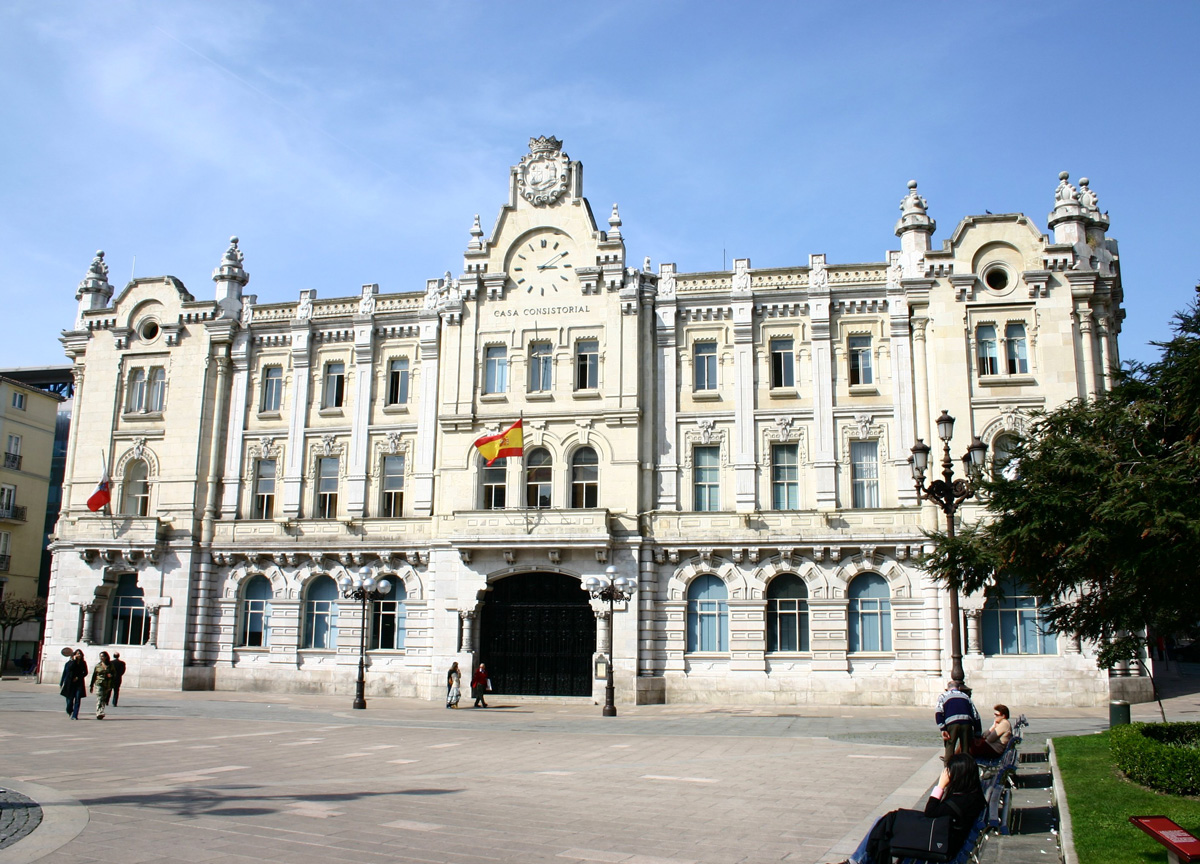
Santander: City Council.
Santander is set around a natural port, providing the city with one of the most beautiful bays in the world. The coastal side of the city boasts a long string of top quality beaches and recreational areas, such as the Magdalena Peninsula, the Sardinero and Mataleñas Park.
Santander: (left) Pereda street; (right) Las Llamas.
More information about Santander is available here.

Santander: City Council.
Santander is set around a natural port, providing the city with one of the most beautiful bays in the world. The coastal side of the city boasts a long string of top quality beaches and recreational areas, such as the Magdalena Peninsula, the Sardinero and Mataleñas Park.
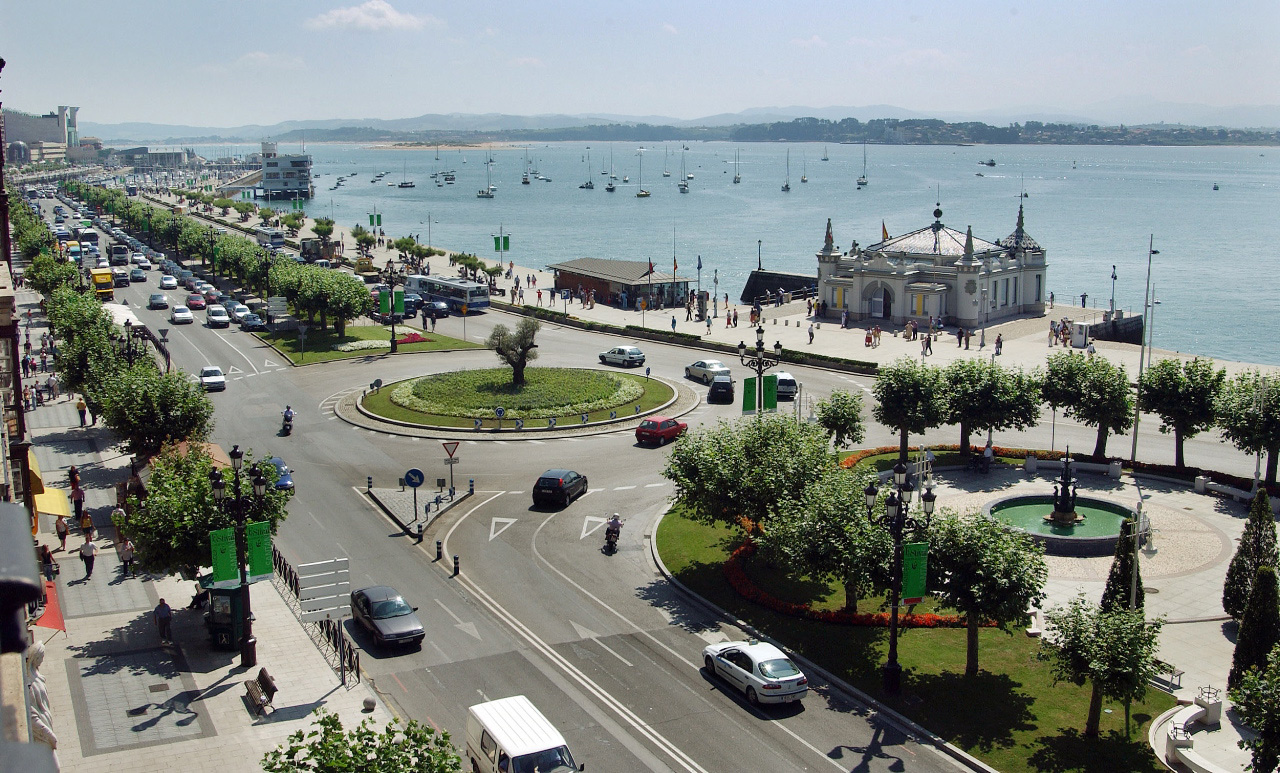 |
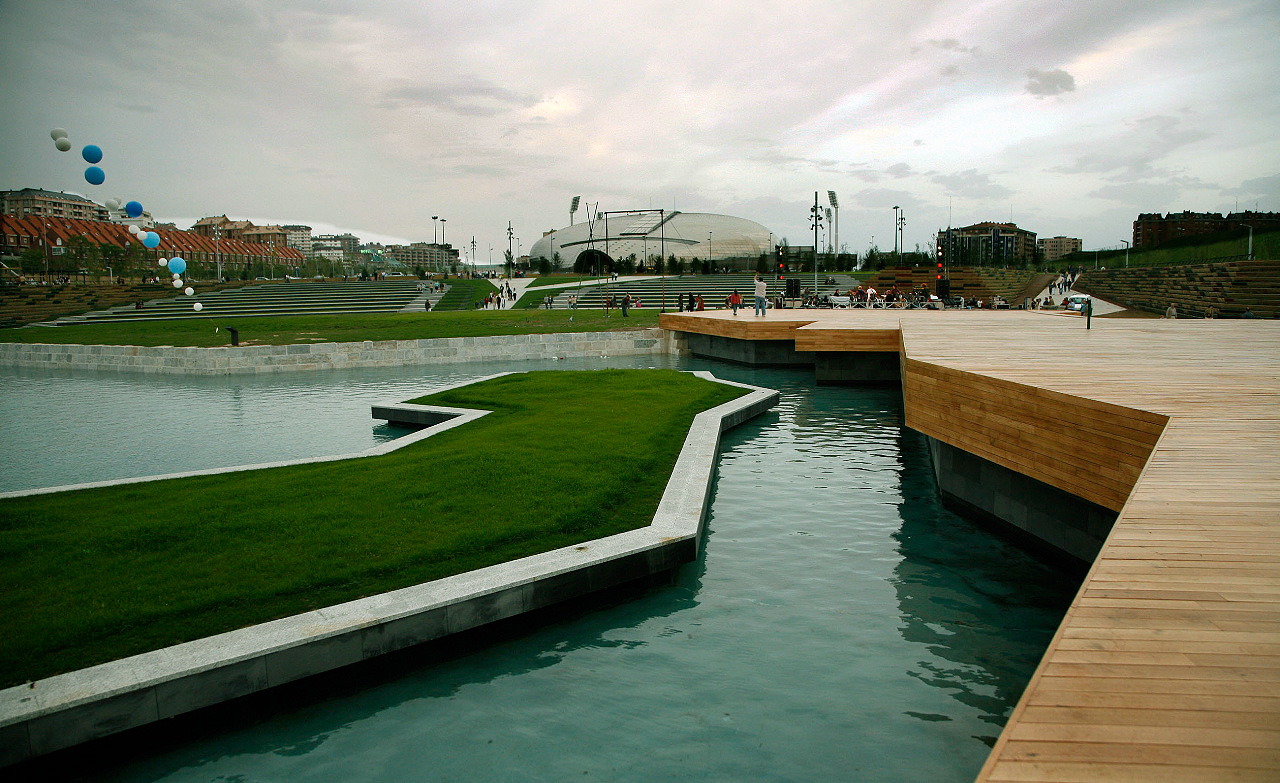 |
Santander: (left) Pereda street; (right) Las Llamas.
More information about Santander is available here.
The region: Cantabria
The city of Santander is located in the
self-governed region of Cantabria, which lies on the northern coast of
Spain between Asturias and the Basque Country. This beautiful region of
half a million inhabitants is on the shores of the Cantabrian Sea and
is crossed by a mountain range. The shores and inland valleys offer a
wide variety of landscapes as a consequence of the mild, moist climate
of socalled Green Spain. The
coastal landscape of beaches, bays and cliffs blends together with
valleys and highland areas, such as the mountain range of The Picos de
Europa, situated in the western area. Several short but fast-flowing
rivers cross the region, forming valleys perpendicular to the Bay of
Biscay. All along the coast there are typical traditional fishing ports
and innumerable diverse beaches of soft white sand.
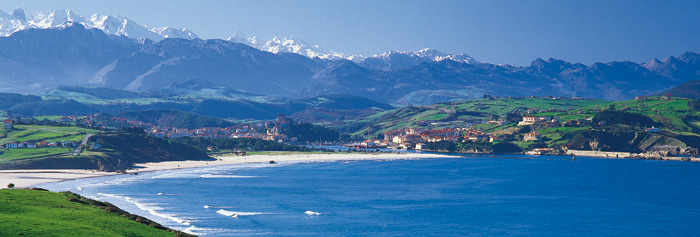
However, Cantabria’s attractions are not limited to its natural treasures. History has provided a rich artistic and cultural heritage found in towns and villages that are outstanding in their own right. The archaeocological remains and historic buildings bear the mark of a unique history. It is here that we find the world famous Altamira cave paintings, a veritable shrine to the prehistoric age. In addition, there are remarkable remains from the Romans, the Mozarabic presence and the beginnings of the Reconquest of Spain. The artistic heritage offers us vivid evidence of the Romanesque, the Gothic and Baroque styles plus the singular architectural style of the ‘indianos’, returning adventurers from Latin America.
The surrounding nature and the historical importance of many of its villages and buildings make this region very appealing for tourism, especially during the summer season. From the historical point of view, the region preserves important remains. Examples from the Prehistoric Era (the Altamira and Puente Viesgo Caves), Roman ruins such as those of Julióbriga, medieval settlements, such as Santillana del Mar and several examples of the civil and religious architecture of the nineteenth and twentieth centuries (The Palaces of Elsedo, Soñanes and Rañada, among others).
Its climate is very mild and the whole region offers the varied landscape and weather features typical of this fringe of green land so different from the rest of Spain. The weather in Cantabria is very mild and rainy throughout the year (the average temperature in August is approximately 19 C° and in December 9.5 C°). This humid, mild weather gives the region a rich and varied nature with plenty of woods and meadows.

However, Cantabria’s attractions are not limited to its natural treasures. History has provided a rich artistic and cultural heritage found in towns and villages that are outstanding in their own right. The archaeocological remains and historic buildings bear the mark of a unique history. It is here that we find the world famous Altamira cave paintings, a veritable shrine to the prehistoric age. In addition, there are remarkable remains from the Romans, the Mozarabic presence and the beginnings of the Reconquest of Spain. The artistic heritage offers us vivid evidence of the Romanesque, the Gothic and Baroque styles plus the singular architectural style of the ‘indianos’, returning adventurers from Latin America.
The surrounding nature and the historical importance of many of its villages and buildings make this region very appealing for tourism, especially during the summer season. From the historical point of view, the region preserves important remains. Examples from the Prehistoric Era (the Altamira and Puente Viesgo Caves), Roman ruins such as those of Julióbriga, medieval settlements, such as Santillana del Mar and several examples of the civil and religious architecture of the nineteenth and twentieth centuries (The Palaces of Elsedo, Soñanes and Rañada, among others).
Its climate is very mild and the whole region offers the varied landscape and weather features typical of this fringe of green land so different from the rest of Spain. The weather in Cantabria is very mild and rainy throughout the year (the average temperature in August is approximately 19 C° and in December 9.5 C°). This humid, mild weather gives the region a rich and varied nature with plenty of woods and meadows.
Accommodation
Information about the accommodation will appear soon.
Conference venue
The Conference venue will be the Faculty
of Sciences, located in the main campus of the University of Cantabria, in
Santander (Spain).
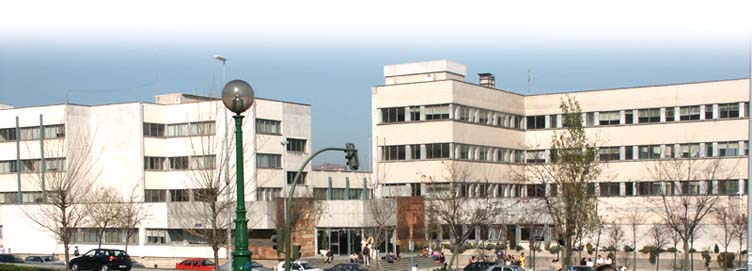
University
of Cantabria: Faculty of Sciences.
Please, find the Faculty of Sciences in Google Maps here.
The faculty is about 10 minutes walking from "El Sardinero", the main beach of
Santander.
More information will be made available later on.
